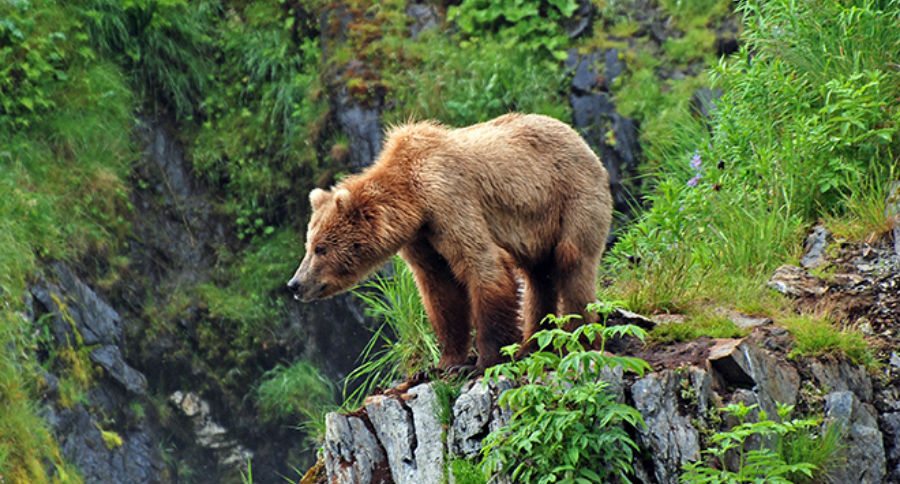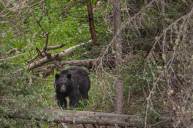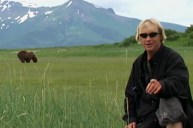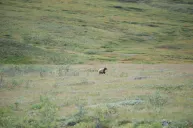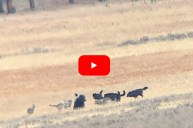Research shows that when grizzly bears make whitebark pine seeds a major part of their diet, there is a connection to lower grizzly mortality and fewer human-bear conflicts.
Researcher David Hamer has been studying grizzly bears in Canada's Banff National Park, and he's noticed a few things that may give you pause.
One: when the bears have made whitebark pine seeds a significant part of their diet, conflicts with humans have been less frequent, and the bear mortality rate is substantially lower as well.
There's something about whitebark pine seeds that is particularly attractive to bears and, according to the study, they seem to prefer the seeds to the exclusion of everything else during strong mast years.
Hamer followed the whereabouts of collared bears via GPS and learned that more than three-quarters of them were either climbing trees to get the seeds or were raiding squirrel middens (discarded pine cone debris piles) to get to the seeds.
"Some of these squirrel middens were heavily excavated and there were inconspicuous bear trails leading into them," Hamer said. "There was lots of use. It was very impressive."
Researchers counted the squirrel middens, both untouched and excavated, and they examined bear scat and found that much if it contained whitebark pine seeds.
This study in Banff dovetails with studies done in other ecosystems and draws similar conclusions that support the hypothesis that grizzly bears rely heavily on whitebark pine seeds as a significant food source.
In Greater Yellowstone, for example, it was determined that when whitebark pine seeds were abundant, "grizzly bears eat virtually nothing else."
Whitebark pine can live up to 1,100 years and grows at higher elevations, elevations that tend to be free from human development and intrusion. Thus, during high mast years, the bears tend to be at higher elevations - away from humans - searching for and gorging themselves on the nutritious seeds. Hence the lower incidents of human-bear conflicts.
Also, during the spring birthing season following high mast years, the ratio of cubs born to female bears was greater.
Interestingly, the mortality of bears during lower mast years was significantly higher compared to high mast years: 2.3 times higher for adult female bears and 3.3 times higher for sub-adult male bears. Researchers put this down to bears roaming away from the remote, high elevations where whitebark pine grows and into lower elevation areas where contact with humans is more likely.
"Because whitebark pine occurs at high elevations on steep slopes where human use is low, whitebark pine may be important in keeping bears in habitat where risk of human-caused mortality is lower," Hamer said.
Hamer has also been studying whether or not other pine species, namely limber pine, provide a similar nutritional attraction for bears. That research thus far does not appear to be as conclusive as the research done on whitebark pine.
Like what you see here? You can read more great articles by David Smith at his facebook page, Stumpjack Outdoors.
NEXT: Smaller Grizzly Bears Dominate Larger Polar Bears at Bone Pile
https://rumble.com/embed/u7gve.v3trbl/
